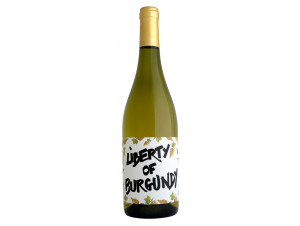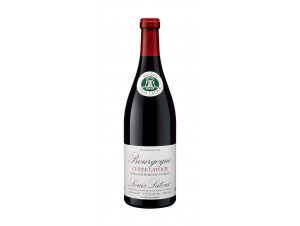You have no items in your shopping cart.
Wine Bourgogne
The AOC Bourgogne is used to designate the wines produced in this region. The appellation devotes 2000 hectares to the production of red wines, and 850 hectares to white wines. The AOC includes no less than 14 complementary denominations. The Bourgogne appellation straddles the departments of Yonne, Côte d'Or, Saône-et-Loire and Rhône. Read more on Bourgogne
-
Top Selling-25%
-
Top Selling-36%
-
Top Selling
- -25%
- -27%
- -17%
- -27%
- -17%
Appellation Bourgogne
The Burgundy AOC, pinot noir territory
In the 14th century, Philippe de Hardi, then Duke of Burgundy, decided to ban the Gamay grape variety to concentrate on Pinot Noir, in order to ensure the quality of Burgundy wines. The pinot noir is still in the majority today, although it has been joined by the chardonnay used to make white wines.
More than 600 years later, another event marks the history of Burgundy. The climats of Burgundy represent delimited geographical areas dedicated to the cultivation of vines. Thanks to their great diversity, the climats of Burgundy were classified in 2015 as a UNESCO World Heritage Site.
These production areas are characterised by a variety of soils, but mostly chalky-clay soils are found in the appellation. On the other hand, AOC Burgundy enjoys a mostly continental climate, but depending on where the vines are planted, they suffer more or less from frosts, winds or even high summer temperatures.
The Burgundy AOC: varied and quality wines
Despite the diversity of Burgundy wines, certain characters are found quite frequently. The AOC Bourgogne Rouge is a wine with a purple coat, with a frank and brilliant colour, which will become cerise or even purplish with age.
Its nose is very frank on red and black fruits, raspberry, strawberry, red currant, blueberry or blackcurrant. Sometimes you can find the cooked fruits like prune, and often animal and undergrowth scents, moss, mushroom and with ageing leather.
The palate is very structured, round, very balanced between tannins and fruit. The wines of this appellation develop their potential after 2-5 years of cellaring. The red Burgundies are a good match for red meats, game, a Burgundian fondue, or cheeses such as Epoisses or Camembert.
The white wines of the appellation have a golden colour, rather clear, with green reflections. Their nose is fine, very aromatic on white flowers, lemongrass, fern, almond, sometimes butter and honey. On the palate, these wines are soft, smooth, very aromatic.
These are white wines that can, depending on the vintage, be wines for laying down. The white AOC Bourgogne goes very well with fish and shellfish, poultry but also fresh goat's cheese.
Bourgogne appellations




































 TWIL - Achat de Vin
TWIL - Achat de Vin


